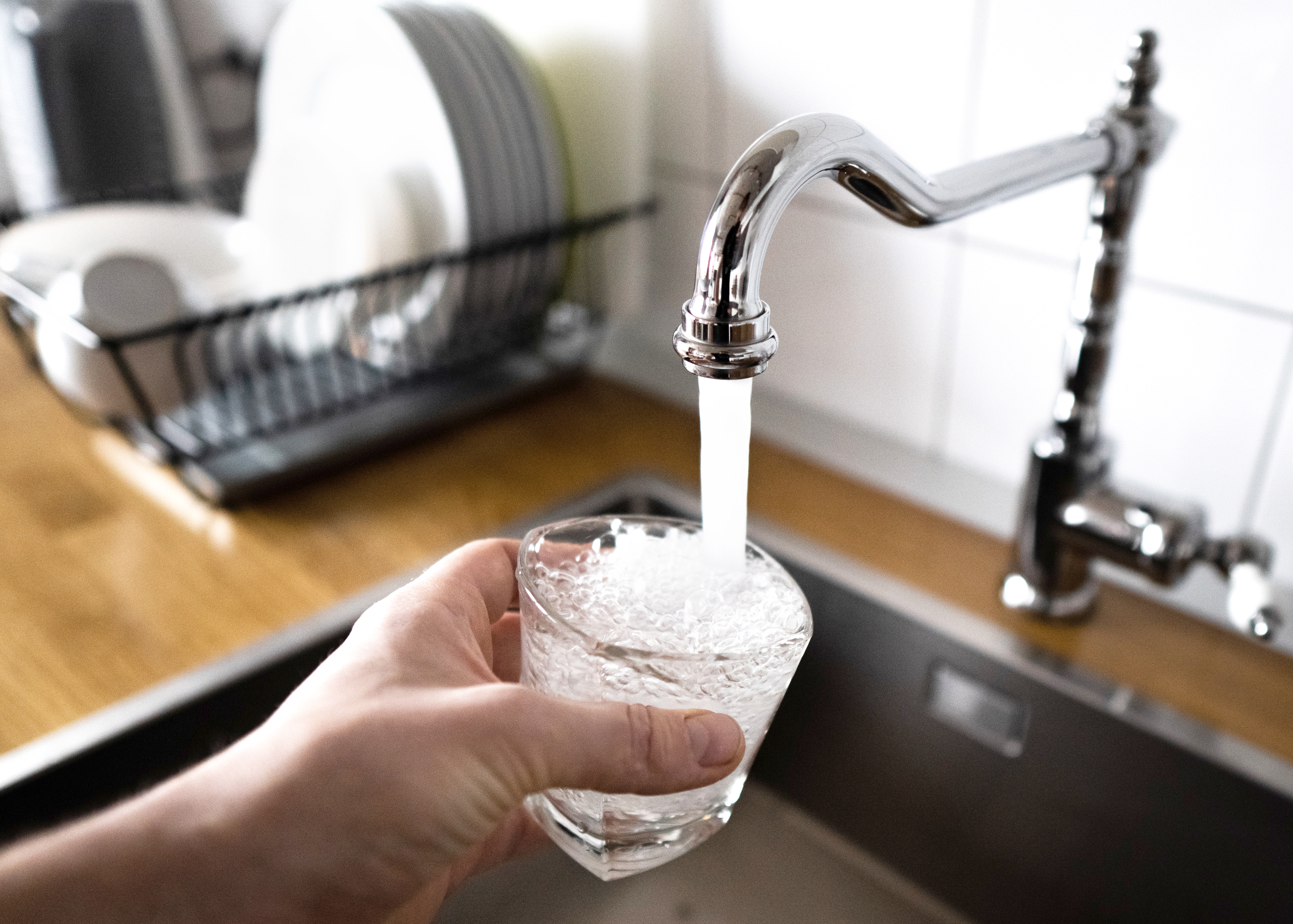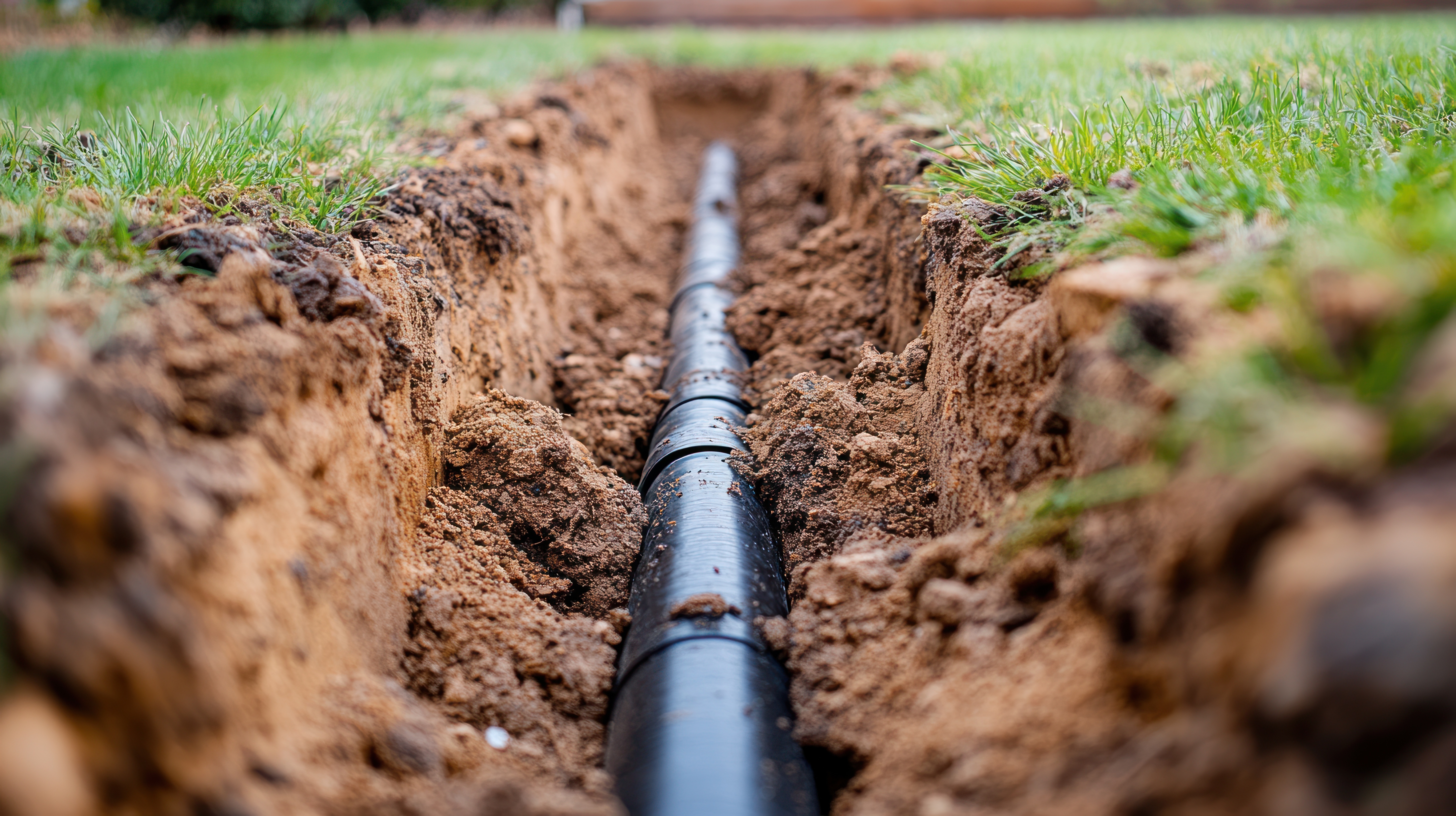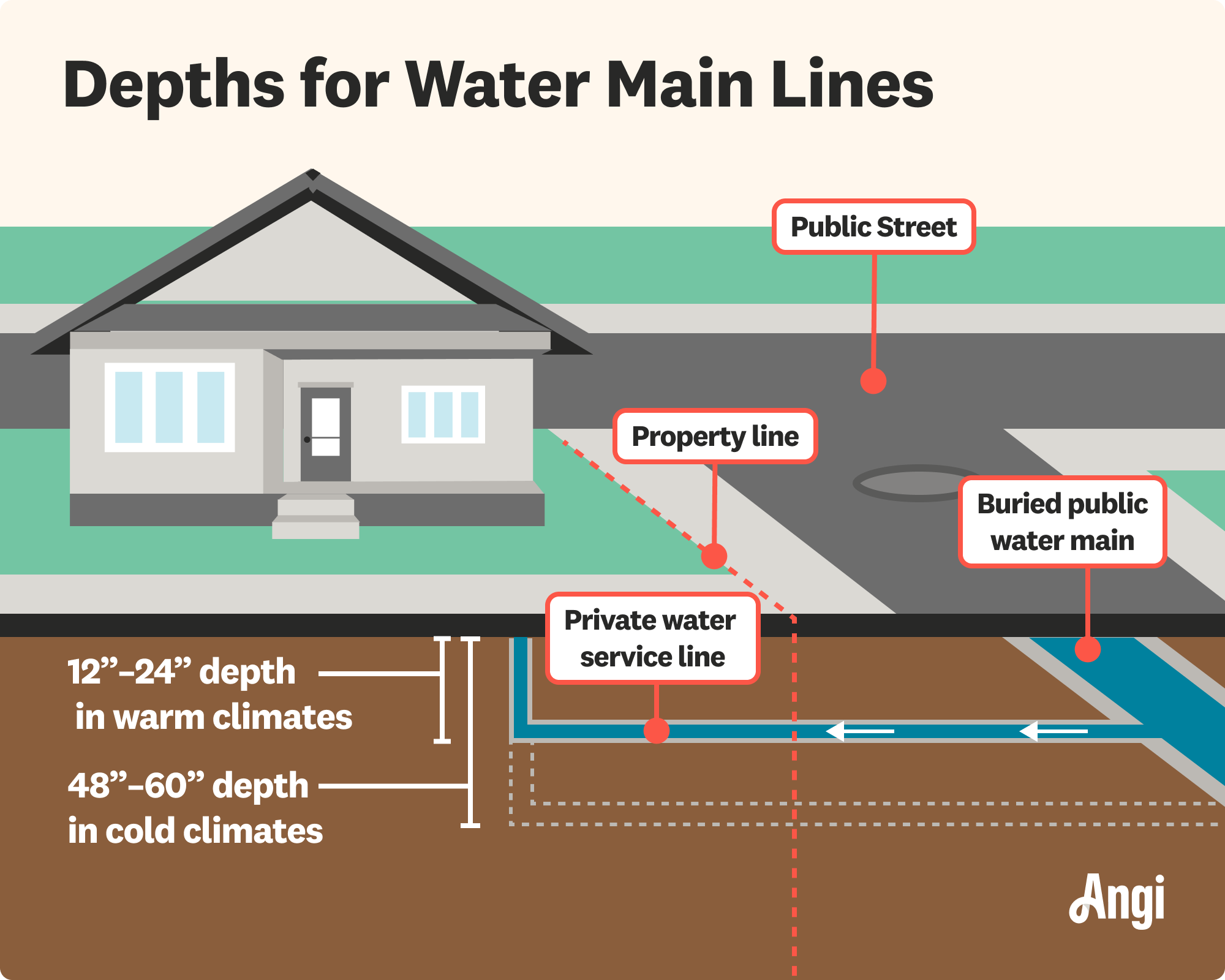
Learn about main water line repair costs in Columbus and what affects pricing to be prepared before you start getting estimates.
Main water line replacement in New York costs $2,486 on average. The average range is from $1,202 to $3,782, depending on pricing factors such as length, materials, and installation specifics.


Main water line replacement cost in New York depends on its length, materials, and installation specifics, which can involve excavation in rocky areas.
The average price range for the job is between $50 and $150 per linear foot.
Copper, PVC, and PEX are the most common main water line materials in the New York area, due to their resistance to corrosion and durability.
The average cost of main water line replacement in New York is $2,486, with a typical range of $1,202 to $3,782. Living in New York has an overall high cost of living, which also accurately reflects the cost of plumbing and other home services in the city and across the state. Additionally, shallow and potentially acidic soils, along with the area's near-surface bedrock formations, can also increase the project's cost.
The primary factors determining the cost of your main water line replacement are length, materials, and installation method. Your local plumber's expert knowledge is essential when dealing with the area's underground installation challenges and is the best resource when determining who to call if your water main breaks.

New York features a large array of housing types, which affects the distances a home's water main will have to cover. The distance between your home and the city's water supply pipe is the multiplier that determines several other pricing totals. Expect to spend between $50 and $150 per linear foot for typical replacements and up to $250 per linear foot for challenging installations.
Main water line installations in New York must be below the frost line at a depth of between 42 and 60 inches. Your precise location will have specific depth requirements for your water line replacement.
To reach the necessary depth, one of two methods is possible: digging a trench or tunneling from the city's water supply line to your home. Trenchless installation is more budget-friendly and less intrusive. However, where the soil runs shallow, bedrock outcroppings exist, or tree roots or landscaping features block the way, trenching is often necessary and comes at a higher cost per foot.
| Installation Method | Average Cost Range (per linear foot) |
|---|---|
| Trench | $50–$150 |
| Trenchless | $75–$250 |
The soil in New York varies from slightly to highly acidic. This fact means your contractor's choice of material for your new main water line can be crucial. Each material type has its pros and cons, as well as unique price points.
| Material | Cost (per linear foot) | Pros | Cons |
|---|---|---|---|
| Copper | $2–$10 | Durable, freeze-resistant | Costly, susceptible to corrosion in acidic soil |
| PEX | $0.40–$2 | Budget-friendly, flexible, freeze-resistant | Requires special fittings |
| PVC | $0.50–$5 | Budget-friendly | Susceptible to various damages |
| Cast Iron | $2–$10 | Durable, freeze-resistant | Outdated, rusts, susceptible to corrosion, costly |
| FRP | $5–$10 | Durable, freeze-resistant | Costly |
Many main water line installations in New York can be done using the trenchless method, which saves both time and money. However, the area's challenging, rocky soil and potential for schist, limestone, or granite outcroppings in the way can necessitate trench digging or at least partial trenching. If these factors make digging a trench necessary, you can expect to pay more for installation and additional services after the fact.
After the main water line installation, your contractor must connect it to the city's water supply line and the plumbing system in your home. These costs are part of your pricing estimate. However, unforeseen challenges, such as installing new fittings, can increase your job cost. Expect to spend an additional $300 to $1,000 if you need to replace your home's main shut-off valve to accommodate the new line.
Specialized tools, equipment, and knowledge are necessary when replacing a main water line, making the task unsuitable for a DIY project. Instead, a water main expert in the New York area is the best option. Additionally, depending on the project's scope, you may also need other services to complete the job.
The labor cost of replacing your water line in or around New York is, expectedly, significantly higher than the national averages. Soil conditions and underground obstacles unique to the area can drive costs even higher. Labor charges make up between 35% and 60% of the total job cost, or between $18 and $90 per linear foot, on average.
Your municipality has location-specific codes for main water line replacements and will require your contractor to obtain a permit for the work. Plumbing permit costs in the New York area are between $100 and $500 and will be part of your pricing estimate.
If your water main replacement requires trenching, bedrock removal, or significant landscaping alterations, or your home's foundation needs repair during or after the job, you may require one or more of these additional services.
Landscaping costs: $1,250–$6,300
Driveway contractor costs: $3,100–$7,400
Foundation repair costs: $2,200–$8,100
Because a home's main water line is essential to the regular operation of the house, the component is a necessity rather than a value-added feature. As such, replacing or repairing your home's main water line in a timely fashion is crucial when necessary and doesn't significantly add to the home's value. In fact, not doing so can reduce its selling value and also cause costly water damage issues.
Home is the most important place on earth, which is why Angi has helped more than 150 million homeowners transform their houses into homes they adore. To help homeowners with their next project, Angi provides readers with the most accurate cost data and upholds strict editorial standards. We survey real Angi customers about their project costs to develop the pricing data you see, so you can make the best decisions for you and your home. We pair this data with research from reputable sources, including the U.S. Bureau of Labor Statistics, academic journals, market studies, and interviews with industry experts—all to ensure our prices reflect real-world projects.
Want to help us improve our cost data? Send us a recent project quote to [email protected]. Quotes and personal information will not be shared publicly.
From average costs to expert advice, get all the answers you need to get your job done.

Learn about main water line repair costs in Columbus and what affects pricing to be prepared before you start getting estimates.

Everyone can relate to having toilet issues—we’ve all been there. There are several reasons why your toilet might need repairs, and the cost varies based on the damage.

Learn how much plumbers cost in Columbus, Ohio. Discover pricing for faucet repairs, pipe work, and emergency services, plus how you can save money.

Slow drains and foul smells are telltale signs of a clogged plumbing vent. Find out how to unclog a plumbing vent without getting on the roof in this guide.

Most homeowners will eventually need to replace bathroom hardware. This guide breaks down bathtub faucet installation costs, so you can upgrade your bathroom.

There are a few plumbing terms that everyone needs to know. Using this informative guide, you’ll learn plumbing terms like flapper and shut-off valve to help you tackle both emergencies and everyday annoyances.